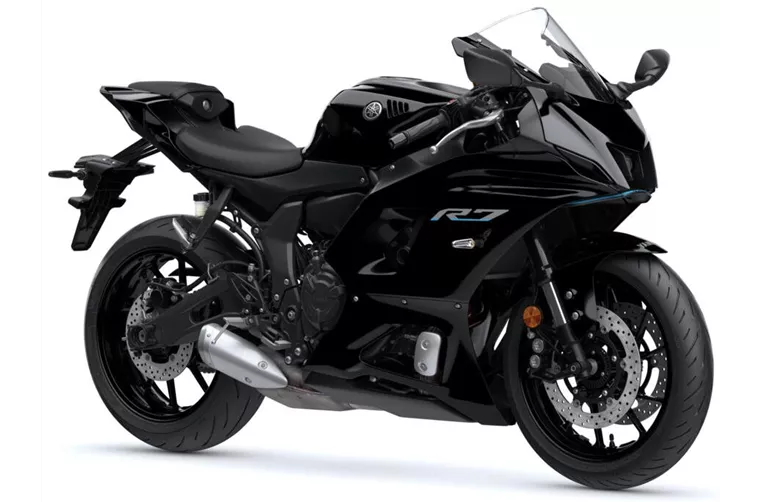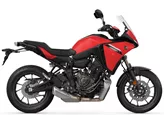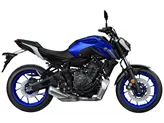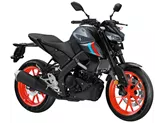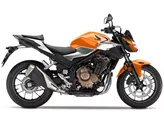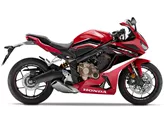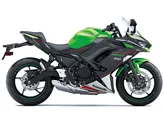Yamaha R7 2021 vs. Yamaha MT-07 2016
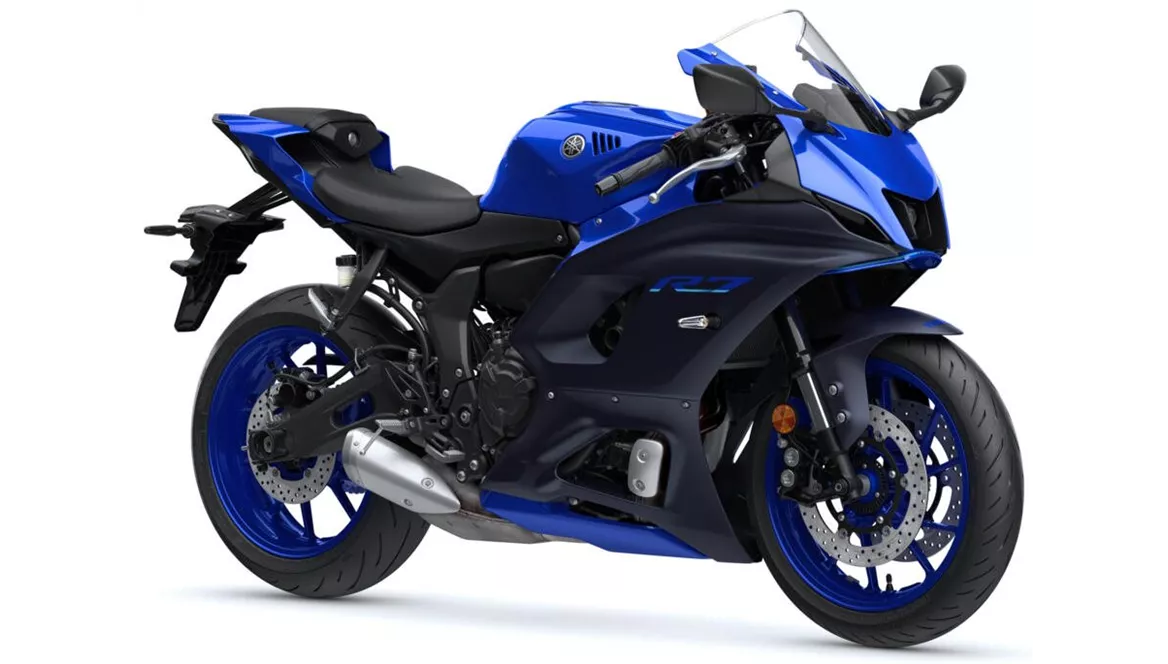
Yamaha R7 2021
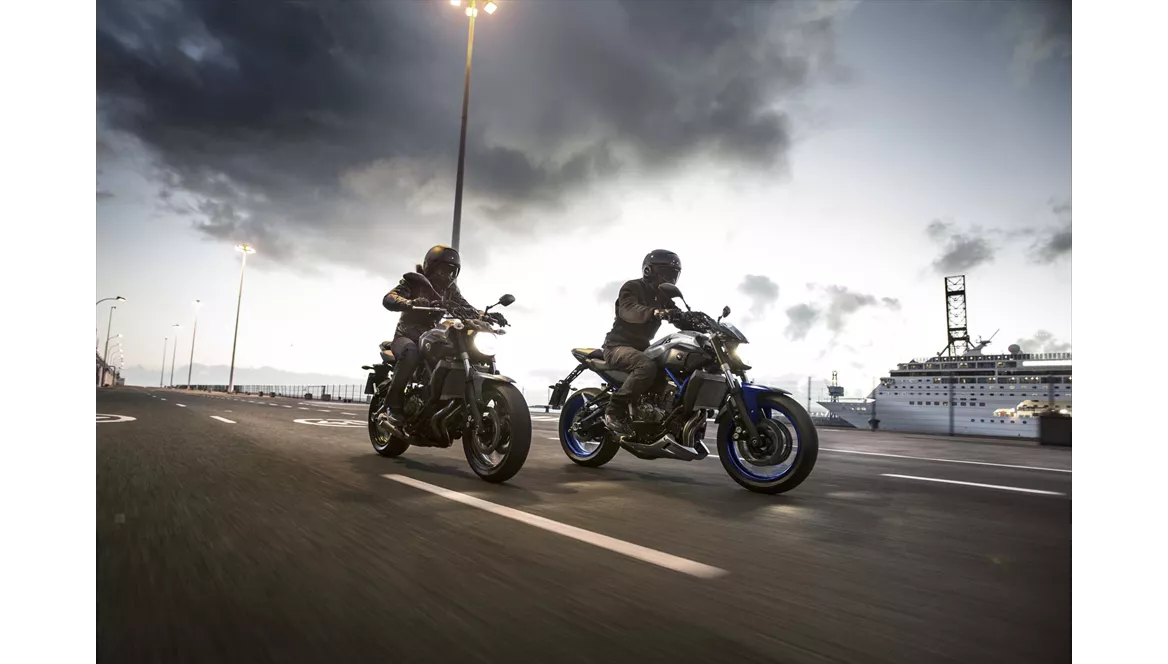
Yamaha MT-07 2016
Overview - Yamaha R7 2021 vs Yamaha MT-07 2016
The Yamaha R7 2021 and the Yamaha MT-07 2016 are both impressive motorcycles with their own unique features and strengths.
Starting with the technical specifications, both bikes have the same engine type, bore, stroke, engine power, torque, compression ratio, cylinders, valves per cylinder, valve type, cooling system, and displacement. This means that in terms of engine performance, they are very similar.
In terms of suspension, the Yamaha R7 2021 comes with an Upside-Down telescopic fork, while the Yamaha MT-07 2016 has a telescopic fork. The Upside-Down fork on the R7 provides better stability and control during aggressive riding, making it more suitable for track use. However, the telescopic fork on the MT-07 still offers good performance for everyday riding.
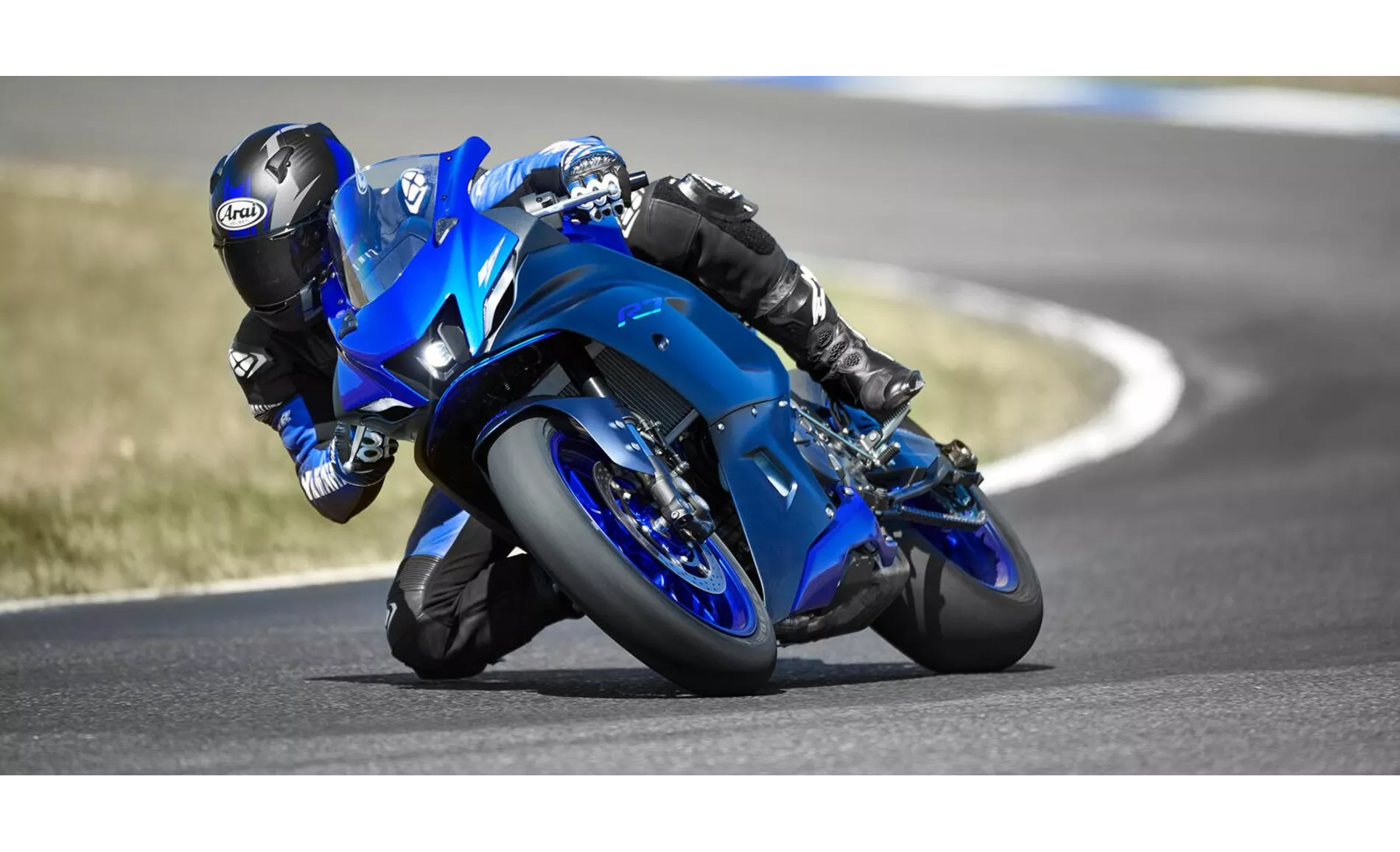
Yamaha R7 2021
Both bikes have a steel frame, which provides a solid and stable platform for handling. The Yamaha R7 2021 has double disk brakes at the front, just like the MT-07 2016, ensuring strong and reliable stopping power.
In terms of dimensions and weights, the Yamaha R7 2021 has a slightly shorter wheelbase of 1395mm compared to the 1400mm of the MT-07 2016. The R7 also weighs slightly more at 188kg (with ABS) compared to the 182kg (with ABS) of the MT-07. However, these differences are minimal and may not have a significant impact on the overall performance of the bikes.
The fuel tank capacity of the Yamaha R7 2021 is 13 liters, while the MT-07 2016 has a slightly larger fuel tank capacity of 14 liters. This means that the MT-07 may have a slightly longer range before needing to refuel.
Moving on to the strengths of each bike, the Yamaha R7 2021 is praised for its high-torque CP2 engine, sporty riding position, suspension set-up, standard tires, and being a good entry-level trackday bike. This makes it a great choice for riders who are looking for a bike that offers a thrilling and engaging riding experience.
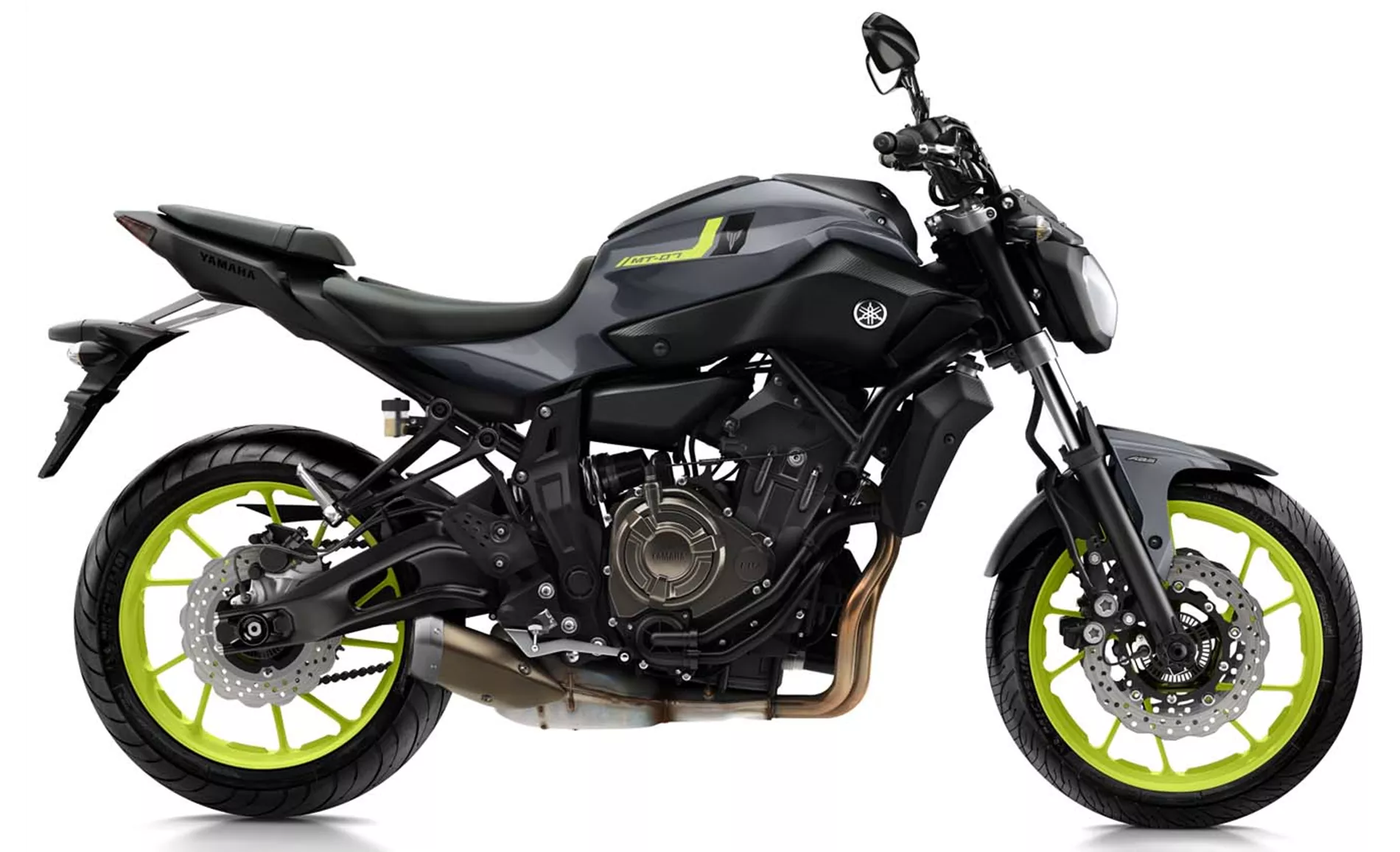
Yamaha MT-07 2016
On the other hand, the Yamaha MT-07 2016 is known for its very agile engine, easy handling, low weight, aggressively angular look, powerful brakes, comfortable seating position, throaty sound, and extensive and easy-to-read display. These features make it a versatile and enjoyable bike for both city commuting and spirited riding.
In terms of weaknesses, the Yamaha R7 2021 is criticized for not having a quickshifter as standard, which could be a desirable feature for some riders. The Yamaha MT-07 2016, on the other hand, has a chassis that is considered a little soft, and the footrests may drag during aggressive cornering. Additionally, some parts of the MT-07 are made of cheap plastic, which may not be as durable or visually appealing as other materials.
In conclusion, both the Yamaha R7 2021 and the Yamaha MT-07 2016 are excellent motorcycles with their own unique strengths and weaknesses. The R7 offers a more track-focused experience with its suspension set-up and sporty riding position, while the MT-07 provides a versatile and enjoyable riding experience with its agile engine, easy handling, and comfortable seating position. Ultimately, the choice between these two bikes will depend on the rider's preferences and intended use.
Technical Specifications Yamaha R7 2021 compared to Yamaha MT-07 2016
Pros and Cons in comparison
Pros and Cons in comparison
Yamaha R7 2021

Despite the rather idiosyncratic combination of the sensible 73.4 hp mid-range power unit and the extremely aggressive, sporty look, the R7 is by no means a sheep in wolf's clothing. The performance, which is somewhere between the R3 and the R6, turned out to be much stronger in practice than the pure values on paper would suggest, and in terms of geometry, chassis, brakes and tyres, Yamaha's engineers have really done their homework. On top of that, the Yamaha R7 has all the qualities to have a lot of fun out-of-the-box on a compact race track like the Pannoniaring, for example, even without a big investment. But of course it feels better on the country road, and that's where it belongs in the first place, in our opinion. In view of the overall package, the purchase price is more than fairly priced - so it's not a problem that the quickshifter is not included and has to be purchased as an option.
Yamaha MT-07 2016
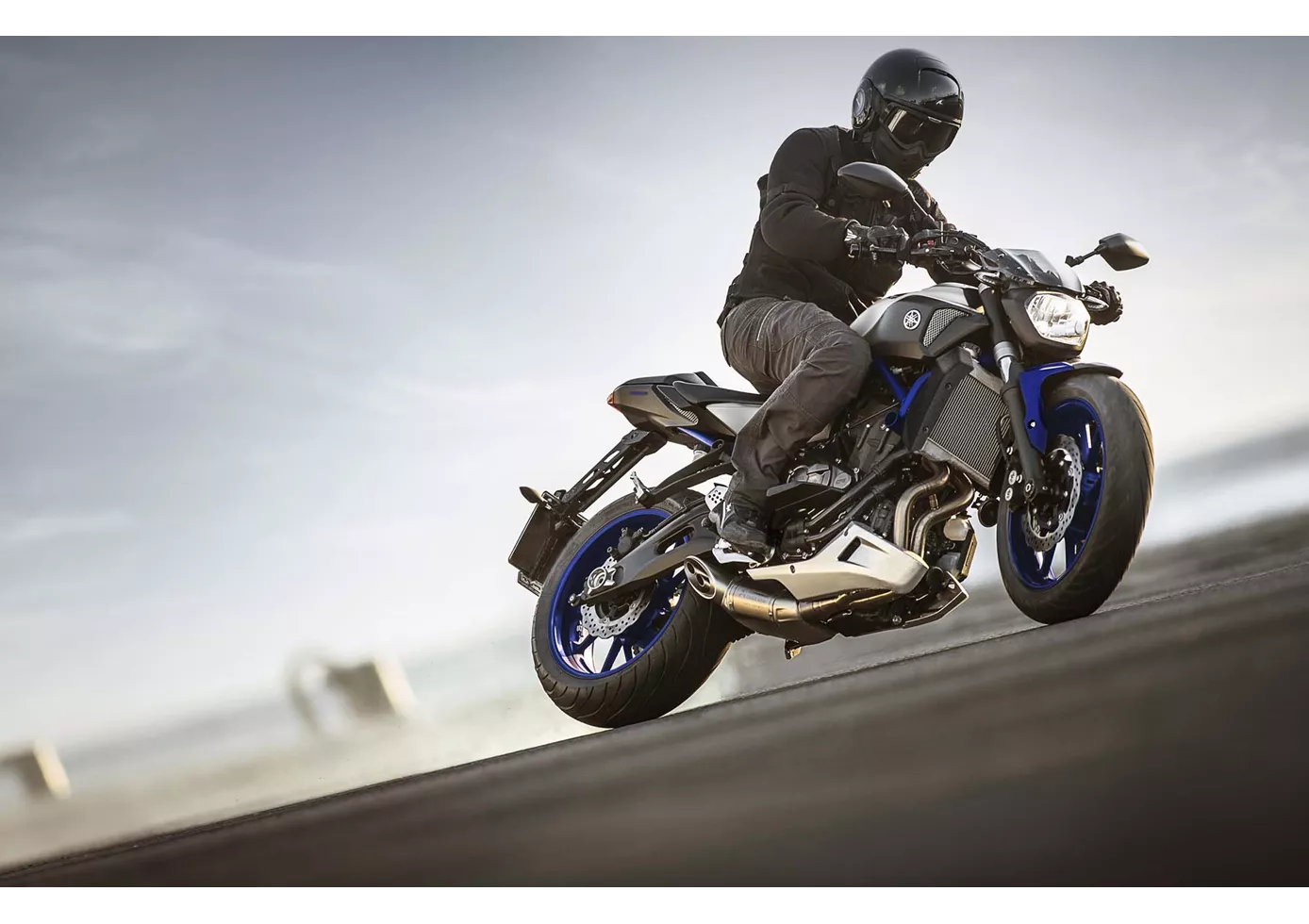
The MT-07 is an incredible fun machine that is extremely sporty to ride. The brakes pack a punch, the handling is superb and the engine is currently by far the most agile powerplant in this class - and even above.
Price Comparison Avarage Market Price Yamaha R7 vs Yamaha MT-07
There are a few key differences between a Yamaha R7 2021 and a Yamaha MT-07 2016. It takes less time to sell a Yamaha MT-07 with 51 days compared to 161 days for the Yamaha R7. Since model year 2021 1000PS.de editors have written 9 reviews for the Yamaha R7 and 69 reviews for the Yamaha MT-07 since model year 2013. The first review for the Yamaha R7 was published on 18/05/2021 and now has more than 92,800 views. This compares to more than 12,600 views for the first review on Yamaha MT-07 published on 04/11/2013.
